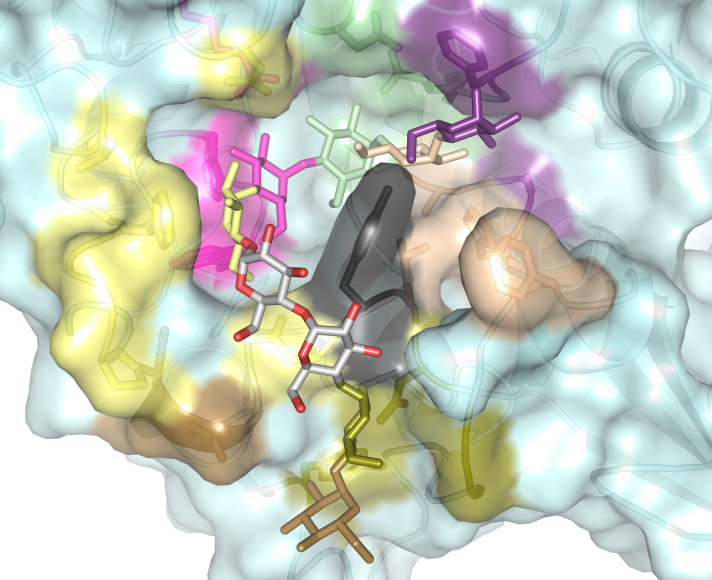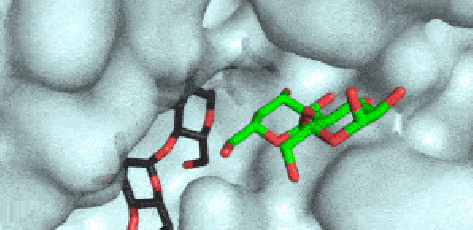
2021年4月26日
环糊精葡聚糖转移酶(CGT酶)在分子内跨糖基化反应(环化)中将线性葡聚糖结构转化为环糊精(CD)。编码CGT酶的基因被确认并从属于细菌或古细菌领域的各种生物中分离出来。这些微生物广泛分布在陆地和水生环境中。特别是,芽孢杆菌属包括一般的CGT酶生产者。堆肥和土壤是寻找此类菌株的好地方。它们将CGT酶分泌到培养基中,而推定的ABC运输器可以将CD带入细胞。细胞内的环糊精酶或致麦芽淀粉酶将CD分裂成单体,使其作为碳和能量源被利用[1-3]。因此,这些菌株可能分泌CGT酶来包装、储存,从而保护葡聚糖底物免受生物或非生物的降解。在这种情况下,CD不能被外作用的淀粉酶所降解。它们进一步充当淀粉酶的抑制剂,因此可能 在对营养物质的竞争方面对其他菌株不利[4,5]。

- Park K-H, Kim T-J, Cheong T-K, Kim J-W, Oh B-H & Svensson B (2000). Structure, specificity and
function of cyclomaltodextrinase, a multispecific enzyme of the α-amylase family. Biochim. Biophys.
Acta, Protein Struct. Mol. Enzymol. 1478, 165–185. - Fiedler G, Pajatsch M & Böck A (1996). Genetics of a novel starch utilisation pathway present in
Klebsiella oxytoca. J. Mol. Biol. 256, 279–291. - Hashimoto Y, Yamamoto T, Fujiwara S, Takagi M & Imanaka T (2001). Extracellular synthesis,
specific recognition, and intracellular degradation of cyclomaltodextrins by the hyperthermophilic
archaeon Thermococcus sp. strain B1001. J. Bacteriol. 183, 5050–5057. - Hamilton, Kelly & Fogarty (2000). Review: cyclodextrins and their interaction with amylolytic
enzymes. Enzyme Microb. Technol. 26, 561–567. - Fukuda K, Teramoto Y, Goto M, Sakamoto J, Mitsuiki S & Hayashida S (1992). Specific inhibition
by cyclodextrins of raw starch digestion by fungal glucoamylase. Biosci. Biotechnol. Biochem. 56,
556–559.


コメント